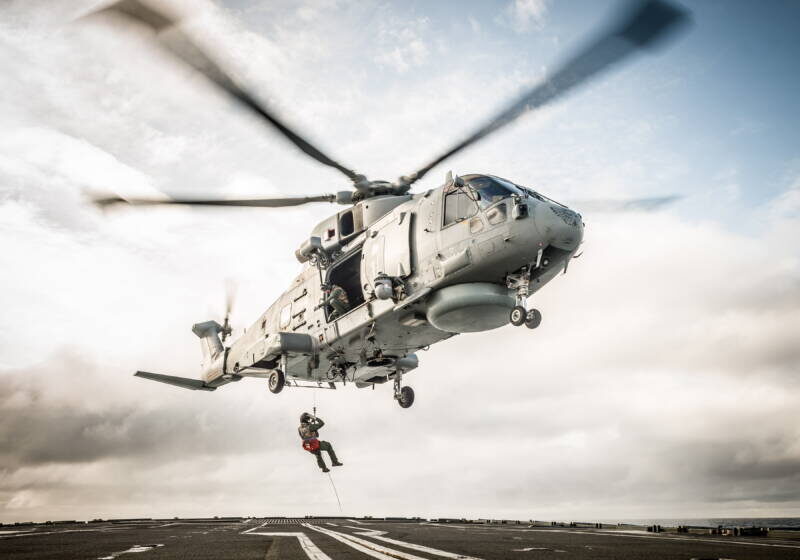The NATO ministers of defense for France, Germany, Greece, Italy, the Netherlands and the United Kingdom have put in place 26.7 million euros (US$28 million) to develop and define the future of their helicopter fleets under a program designated NATO’s Next Generation RotorCraft Capability (NGRC) project. Canada is expected to be an observer nation within the project.
Along with industry cooperation, the partners will look at a clean-sheet design, which will match their needs and include the latest generation of technology on the market. Hybrid and electric propulsion are to be examined, as well as a systematic open system architecture and the need for radically improved maneuvering in flight.
“This is a clear example of NATO and Allies working together to harness fast-changing technology for the benefit of our military capabilities,” said the NATO Deputy Secretary-General Mircea Geoană. “By investing our resources and channeling our development through a multinational framework, we are making sure allies will be equipped with the best available equipment.”
With many of NATO’s medium-class multi-role helicopters due to reach the end of their operational service lives in the next decade, the NGRC project will be critical in adhering to a strict development timeline. The NGRC concept stage is expected to provide the foundation for the partners to develop and field a next-generation model that’s able to fulfil a multitude of roles. The NATO Support and Procurement Agency (NSPA) will oversee this stage on behalf of the six nations.
“I think the most important thing in an industrial base is to indicate what the customer wants,” said Ben Wallace, Secretary of State for Defence for the U.K., the lead nation for the NGRC project. “For me, it’s not about not having competition, it’s about the customers — us — being very clear about what we would like. And in that way industry can invest, and . . . when it comes to choosing a range of platforms there is a genuine competition with clear options available.”
The goal of the NGRC project is for a common airframe suitable for land, air, and maritime operations, although if this proves problematic separate platforms can be an option.

